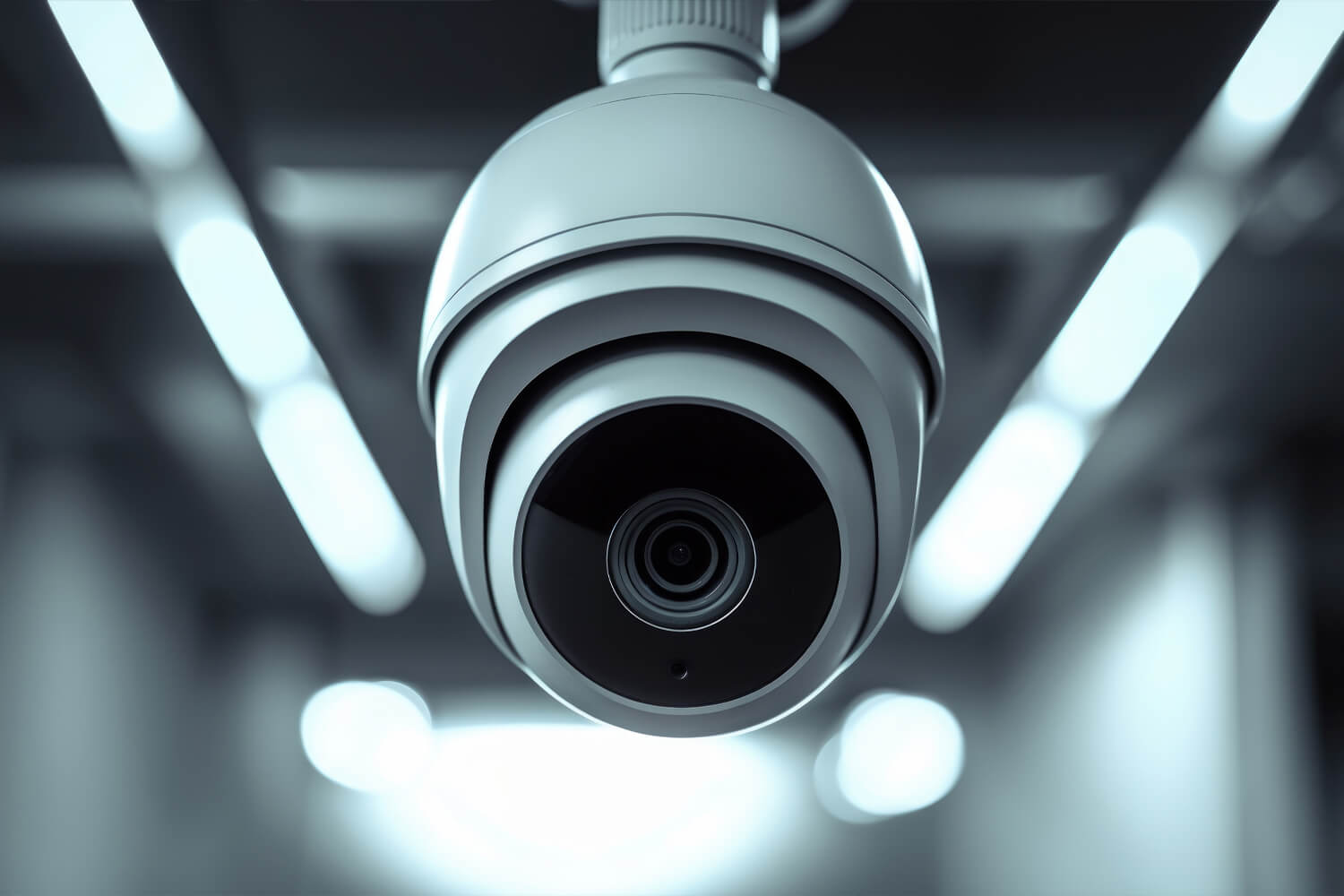Have you ever noticed how people toss around “security” and “surveillance” like they’re the same thing? They’re not.
And when it comes to elevator safety, knowing the difference between security vs. surveillance isn’t just splitting hairs. It’s key to building a smarter, more effective safety strategy.
ELEVATE Monitoring is the leader in elevator monitoring systems, and we help property owners and building managers keep elevator systems secure, monitored, and functioning around the clock. So let’s break down the key differences between elevator physical security and surveillance systems and why you really need both.
1. Security Stops Problems, Surveillance Watches Them Happen
Security is all about prevention. It’s proactive. Tools like access control keep potential issues off your radar by limiting who can even use the elevator in the first place.
Surveillance, on the other hand, is reactive. It relies on security cameras and, in some cases, on-site guards to monitor elevator activity, respond to issues, and review footage after something has happened. It’s absolutely useful, but it won’t stop trouble before it starts.
2. Who Gets In vs. Who’s Watching
Access control is a major part of elevator security. It might involve keycards, PIN pads, biometric scanners, or even a human operator to control access to upper floors. This stops unauthorized users from entering secure areas.
Surveillance systems keep an eye on what’s happening, but won’t stop someone from hitting a button they’re not supposed to.
3. Physical Security Covers More Than Cameras Can
If you’re thinking elevator security vs. surveillance just means “guards vs. cameras,” there’s more to it.
Physical security blocks threats with features like locked access panels, alarm systems, or intrusion detection sensors. These components respond immediately when something’s wrong.
A camera might catch someone messing with a panel, but by the time you review the footage, the damage could already be done.
4. Surveillance Supports Security, But Doesn’t Replace It
Building owners often install cameras and assume their elevators are “secure.” But electronic surveillance only supports security. It doesn’t replace it because it only tells you what happened. Security tries to stop it from happening in the first place.
5. Both Benefit From Real-Time Monitoring
Modern technology with real-time monitoring supports elevator security and surveillance. These systems detect issues like unauthorized access, a stuck elevator, or suspicious activity and alert the right people to take action.
Imagine, for example, that someone gets stuck in an elevator at 2 a.m. With real-time monitoring, you’ll know right away instead of finding out hours later.
Keep Your Elevators Safe With Security and Surveillance
When it comes to security vs. surveillance, the right answer isn’t “either/or.” You need both.
Think of it like this: Security is the deadbolt on your front door. Surveillance is the neighbor peeking through the blinds. One keeps problems out; the other lets you know when something’s off.
Do you need a second set of (digital) eyes on your elevator systems? Call ELEVATE Monitoring at 877-990-9191. We’ll help you level up both security and surveillance with round-the-clock video monitoring that gives you peace of mind, day and night.


